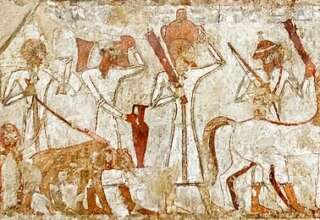
Demographics
In 2022, Mexico’s estimated population was 129,150,971 people, per the National Geography and Statistics Institute. In 2025, Mexico’s population was estimated by the UN to have grown to 131,946,900 people. Since at least the 1970s, Mexico has been the most populous Spanish-speaking country in the world. Throughout the 19th century, the population of Mexico barely doubled. This trend continued in the first two decades of the 20th century. In 1900, the Mexican population was a little more than 13 million. The Mexican Revolution (c. 1910–1920) greatly impacted population growth, with the 1921 census reporting a loss of about 1 million inhabitants.
The growth rate increased dramatically between the 1930s and the 1980s. Mexico had growth rates of over 3% between 1950 and 1980. The Mexican population doubled in twenty years, and at that rate, it was expected that by 2000 there would be 120 million people living in Mexico. Mexico’s population grew from 70 million in 1982 to 123.5 million inhabitants in 2017. Life expectancy increased from 36 years in 1895, to 75 years in 2020.
Mexico’s population is diverse, and ethnic research has historically felt the impact of nationalist discourses on identity. Social stratification and racism in Mexico have remained in the contemporary era. Although phenotype is not as important as culture, European features and lighter skin tone are favored by middle- and upper-class groups. Starting with the Royal Decree of 1503 and the Laws of Burgos of 1512, the Spanish crown influenced by the School of Salamanca recognized the freedom of the indigenous peoples of the Americas, while simultaneously importing African slaves.
Indian republics [es] were granted some degree of autonomy, and full assimilation of Spaniards and Indians was ordained. In practice, the Spanish often occupied the administrative positions and maintained a fluid and complicated caste-like system which favored Europeans over other groups. This social stratification offered some degree of social mobility, as Afro-Mexicans and indigenous people assimilated to the mestizo (mixed) caste, and even pure Spaniards could also fall off the economic ladder. Slavery was abolished twice by the insurgent movements of Hidalgo and Morelos in 1810, and again by the independent government of Vicente Guerrero in 1829, an Afro-Mexican.





